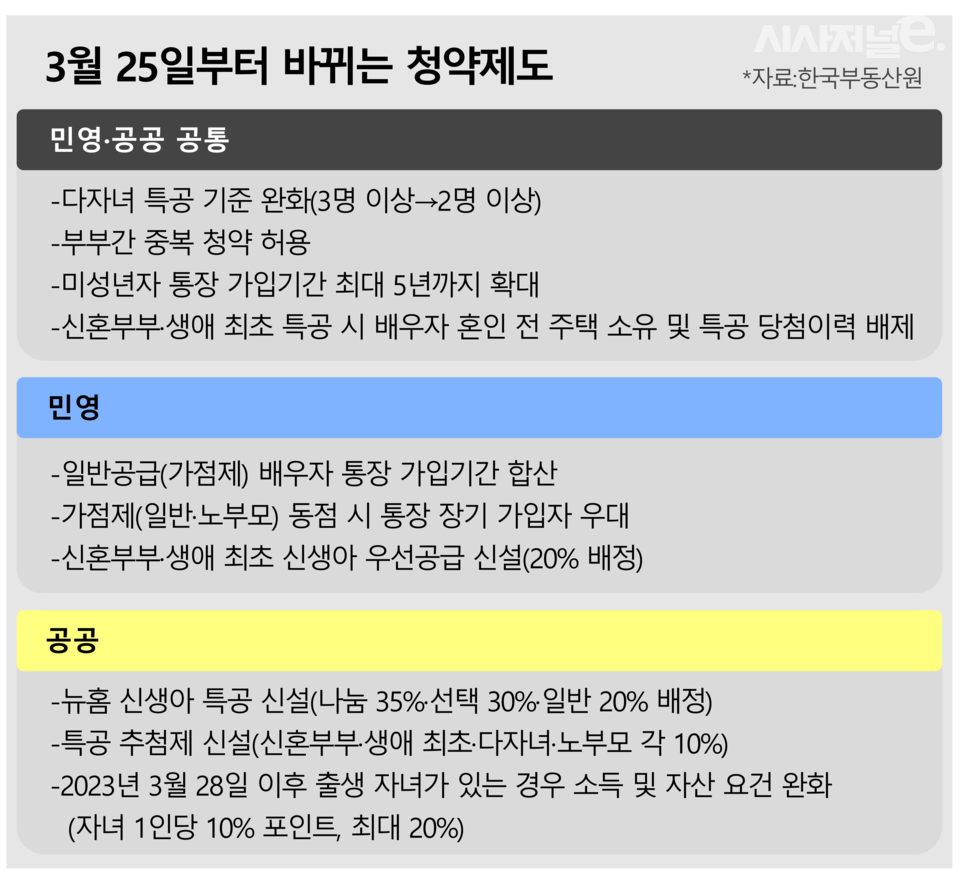컬렉션 대 컬렉션 변경
먼저 Kotlin의 다양한 유형의 컬렉션을 살펴보겠습니다. 기본 컬렉션 유형이 초기화되는 방법을 살펴보겠습니다.
컬렉션 인터페이스는 읽기 전용 메서드를 지원하는 반면 MutableCollection은 읽기/쓰기 메서드를 지원합니다.
목록
listOf() 메서드를 사용하여 간단한 읽기 전용 목록을 만들고 mutableListOf() 메서드를 사용하여 읽기-쓰기 MutableList를 만들 수 있습니다.
val theList = listOf("one", "two", "three")
val theMutableList = mutableListOf("one", "two", "three")
문장
마찬가지로 setOf() 메서드를 사용하여 읽기 전용 Set을 만들고 mutableSetOf() 메서드를 사용하여 읽기-쓰기 MutableSet을 만들 수 있습니다.
val theSet = setOf("one", "two", "three")
val theMutableSet = mutableSetOf("one", "two", "three")
지도
mapOf() 메서드를 사용하여 읽기 전용 맵을 만들고 mutableMapOf()를 사용하여 읽기-쓰기 MutableMap을 만들 수도 있습니다.
val theMap = mapOf(1 to "one", 2 to "two", 3 to "three")
val theMutableMap = mutableMapOf(1 to "one", 2 to "two", 3 to "three")
유용한 연산자
Kotlin의 컬렉션 API는 Java에서 찾을 수 있는 어떤 것보다 훨씬 풍부하며 복잡한 연산자 세트와 함께 제공됩니다.
“in” 연산자
collection.contains(x)로 변환할 수 있는 “x in collection” 표현식을 사용할 수 있습니다.
@Test
fun whenSearchForExistingItem_thenFound () {
val theList = listOf("one", "two", "three")
assertTrue("two" in theList)
}
`+` 연산자
‘+’ 연산자를 사용하여 항목 또는 전체 컬렉션을 다른 컬렉션으로 이동할 수 있습니다.
@Test
fun whenJoinTwoCollections_thenSuccess () {
val firstList = listOf("one", "two", "three")
val secondList = listOf("four", "five", "six")
val resultList = firstList + secondList
assertEquals(6, resultList.size)
assertTrue(resultList.contains("two"))
assertTrue(resultList.contains("five"))
}
`-` 연산자
마찬가지로 “-” 연산자를 사용하여 요소 또는 여러 요소를 제거할 수 있습니다.
@Test
fun whenExcludeItems_thenRemoved () {
val firstList = listOf("one", "two", "three")
val secondList = listOf("one", "three")
val resultList = firstList - secondList
assertEquals(1, resultList.size)
assertTrue(resultList.contains("two"))
}
다른 방법
마지막으로 몇 가지 일반적인 녹음 방법을 살펴보겠습니다. Java에서 고급 메서드를 사용하려면 Stream API를 사용해야 합니다.
Kotlin에서는 컬렉션 API에서 유사한 메서드를 사용할 수 있습니다.
자르다
특정 목록에서 하위 목록을 가져올 수 있습니다.
@Test
fun whenSliceCollection_thenSuccess () {
val theList = listOf("one", "two", "three")
val resultList = theList.slice(1..2)
assertEquals(2, resultList.size)
assertTrue(resultList.contains("two"))
}
제거됨
목록에서 모든 0을 쉽게 제거할 수 있습니다.
@Test
fun whenFilterNullValues_thenSuccess () {
val theList = listOf("one", null, "two", null, "three")
val resultList = theList.filterNotNull()
assertEquals(3, resultList.size)
}
필터
Java Stream API의 filter() 메서드와 유사하게 작동하는 filter()를 사용하여 컬렉션 항목을 쉽게 필터링할 수 있습니다.
@Test
fun whenFilterNonPositiveValues_thenSuccess () {
val theList = listOf(1, 2, -3, -4, 5, -6)
val resultList = theList.filter{ it > 0}
assertEquals(3, resultList.size)
assertTrue(resultList.contains(1))
assertFalse(resultList.contains(-4))
}
떨어지다
처음 N개의 항목이 드롭될 수 있습니다.
@Test
fun whenDropFirstItems_thenRemoved () {
val theList = listOf("one", "two", "three", "four")
val resultList = theList.drop(2)
assertEquals(2, resultList.size)
assertFalse(resultList.contains("one"))
assertFalse(resultList.contains("two"))
}
지정된 조건이 충족되면 첫 번째 항목이 드롭될 수 있습니다.
@Test
fun whenDropFirstItemsBasedOnCondition_thenRemoved () {
val theList = listOf("one", "two", "three", "four")
val resultList = theList.dropWhile{ it.length < 4 }
assertEquals(2, resultList.size)
assertFalse(resultList.contains("one"))
assertFalse(resultList.contains("two"))
}
그룹화
요소를 그룹화할 수 있습니다.
@Test
fun whenGroupItems_thenSuccess () {
val theList = listOf(1, 2, 3, 4, 5, 6)
val resultMap = theList.groupBy{ it % 3}
assertEquals(3, resultMap.size)
assertTrue(resultMap(1)!!.contains(1))
assertTrue(resultMap(2)!!.contains(5))
}
매핑
제공된 함수를 사용하여 모든 요소를 매핑할 수 있습니다.
@Test
fun whenApplyFunctionToAllItems_thenSuccess () {
val theList = listOf(1, 2, 3, 4, 5, 6)
val resultList = theList.map{ it * it }
assertEquals(4, resultList(1))
assertEquals(9, resultList(2))
}
flatMap()을 사용하여 중첩 컬렉션을 평면화할 수 있습니다. 여기서 우리는 String을 List로 변환합니다.
@Test
fun whenApplyMultiOutputFunctionToAllItems_thenSuccess () {
val theList = listOf("John", "Tom")
val resultList = theList.flatMap{ it.toLowerCase().toList() }
assertEquals(7, resultList.size)
}
절감
축소/축소 작업을 수행할 수 있습니다.
@Test
fun whenApplyFunctionToAllItemsWithStartingValue_thenSuccess () {
val theList = listOf(1, 2, 3, 4, 5, 6)
val finalResult = theList.fold(0, {acc, i -> acc + (i * i)})
assertEquals(91, finalResult)
}
청킹
chunked() 메서드를 사용하여 컬렉션을 특정 크기의 청크로 분할할 수 있습니다.
@Test
fun whenApplyingChunked_thenShouldBreakTheCollection() {
val theList = listOf(1, 2, 3, 4, 5)
val chunked = theList.chunked(2)
assertThat(chunked.size).isEqualTo(3)
assertThat(chunked.first()).contains(1, 2)
assertThat(chunked(1)).contains(3, 4)
assertThat(chunked.last()).contains(5)
}
컬렉션에 5개의 항목이 있으므로 chunked(2) 메서드 호출은 각각 2개의 항목이 있는 2개의 컬렉션과 1개의 항목이 있는 하나의 컬렉션을 반환합니다.
컬렉션을 분할하고 각 청크를 다른 컬렉션에 할당할 수도 있습니다.
@Test
fun whenApplyingChunkedWithTransformation_thenShouldBreakTheCollection() {
val theList = listOf(1, 2, 3, 4, 5)
val chunked = theList.chunked(3) { it.joinToString(", ") }
assertThat(chunked.size).isEqualTo(2)
assertThat(chunked.first()).isEqualTo("1, 2, 3")
assertThat(chunked.last()).isEqualTo("4, 5")
}크기 3의 청크를 생성한 후 각 청크를 쉼표로 구분된 문자열로 변환합니다.

